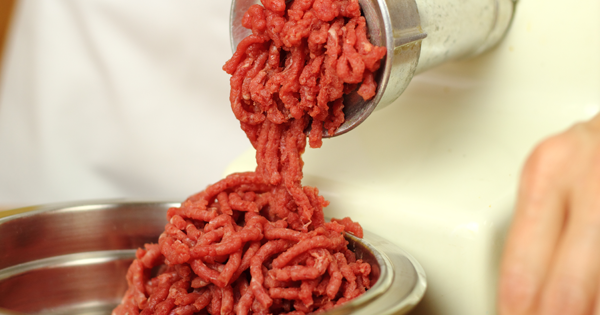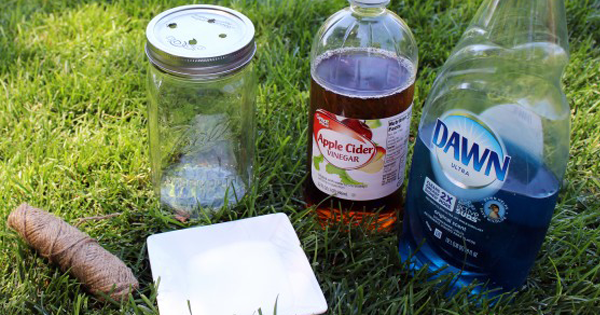Advertisement
Food poisoning is awful. Most of the time it comes out of nowhere, and then you feel gross for days and can't do anything about it. But there are certain germs that are the culprit for food poisoning, and if you know where to look for them, they can be easier to avoid.
E. Coli. There’s a lot of misunderstanding behind E. coli. For example, everyone has some strain of it living in them already, and it’s harmless. But some strains, especially the old O157:H7, can be extremely nasty when ingested, causing vomiting, stomach cramps, and diarrhea. It’s mostly found in spinach and lettuce grown near cattle farms, as well as in beef itself.
Campylobacter. There are about 1.3 million cases of campylobacter per year, most of them linked to raw or undercooked meat and poultry products. You can also get it from unpasteurized dairy products. It takes as little as one drop of contaminated raw meat to make you sick, so make sure you clean all surfaces thoroughly after cooking. This virus usually resolves itself, but not before giving you fever and diarrhea for a week.
Advertisement
Staph. Staphylococcus isn’t dangerous when it’s just on your skin, but when it’s in your food it becomes a lot of trouble. That’s when these bugs multiply and make the kind of toxins that can give you food poisoning as soon as an hour after eating. This can be prevented by washing your hands often, and being extra careful when cooking if you have a nose or eye infection or open wounds.
Botulism. C. Botulinum is the cause of this nasty food poisoning, and it’s mostly caused by home-canned foods. It’s rare, but it’s bad. Symptoms include double vision, slurred speech, difficulty swallowing, and muscle weakness. Avoid this by boiling your home-canned foods for ten minutes before eating.
Norovirus. This common virus is easily found in restaurants, cafeterias, and cruise ships. It infects over 19 million people per year, and is the most common cause of gastroenteritis. If you catch it, your symptoms should go away within three days, but this virus is so contagious that you’ll carry it around for two weeks. You can avoid getting this virus and spreading it by washing your fruits and veggies thoroughly, and washing your hands very well.
Salmonella. Everyone knows this one. But the most recent cases of salmonella have come from contaminated eggs, rather than fish. So if you don’t want to be one of the 1.2 million Americans affected by salmonella every year, avoid soft-boiled eggs and fully cook your meats.
Have you ever had any of these types of food poisoning? How do you get through it?
Photo Copyright © 2014 USDAgov/Flickr




